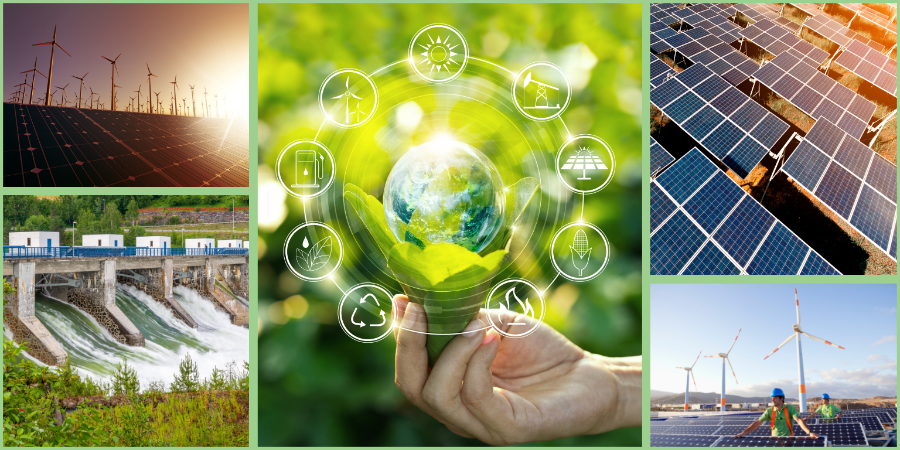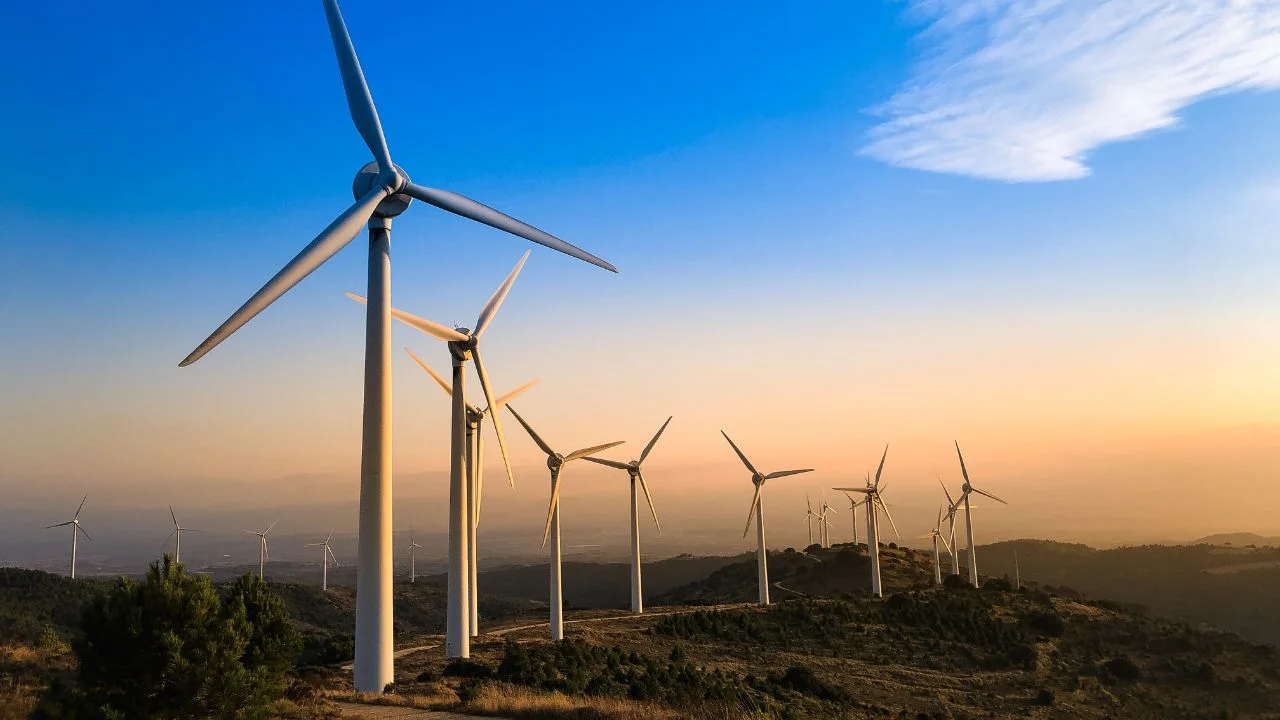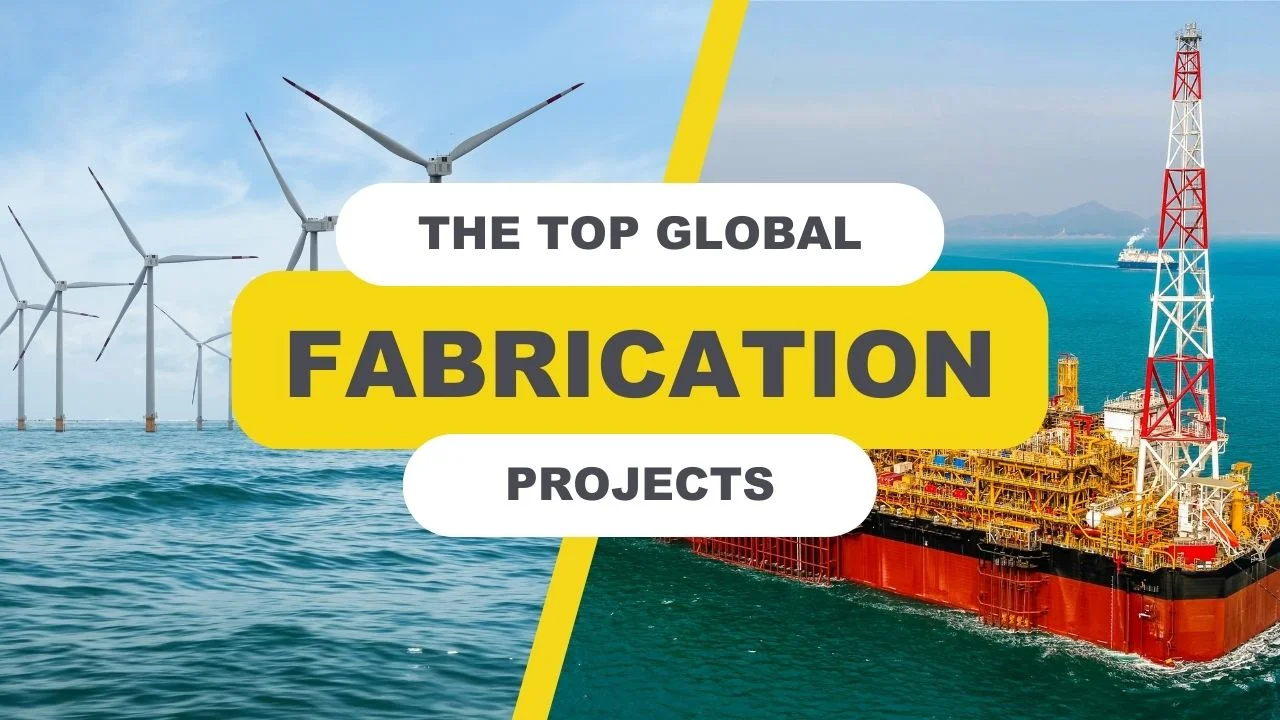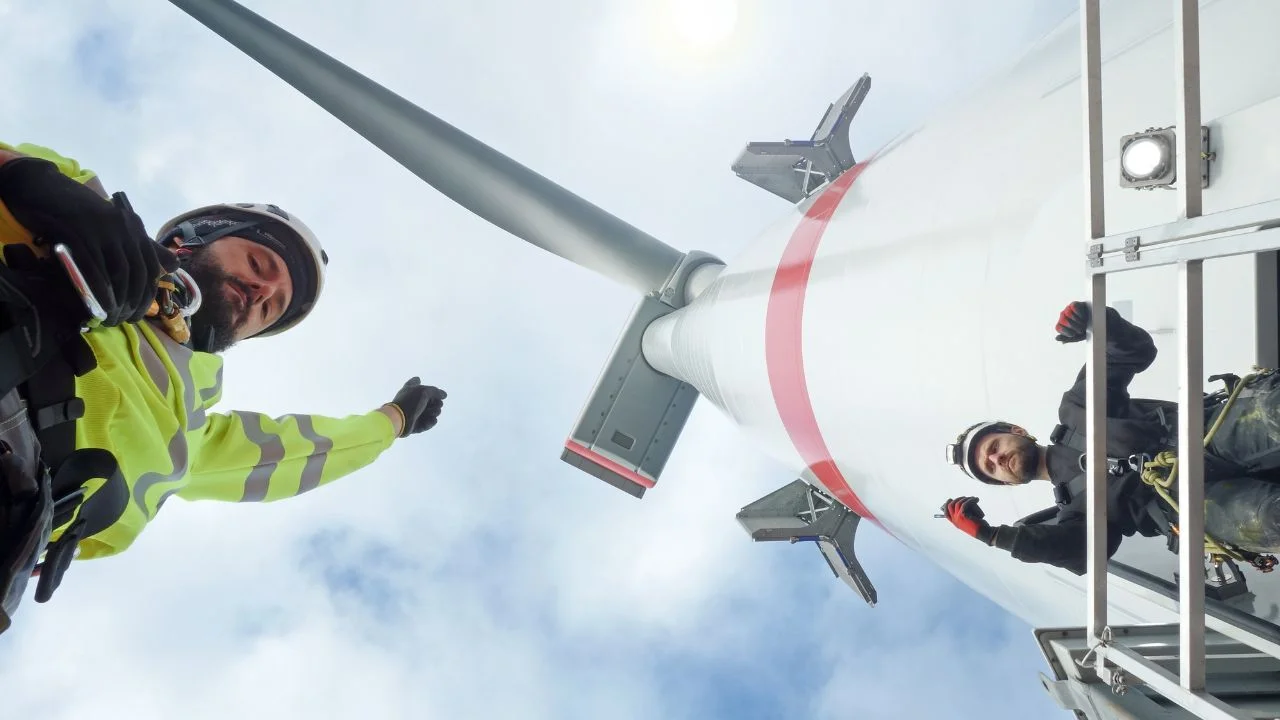How Is The Energy Landscape Changing?
25 Aug, 20216:13Currently, more than 90% of the world (124 out of 137 countries) have pledged to reach ...

Currently, more than 90% of the world (124 out of 137 countries) have pledged to reach carbon neutrality by 2050, and energy has a huge part to play in these net-zero efforts. One of the main focuses for governments has been to diversify their energy mix by incorporating more renewables into it.
So how exactly is the global energy landscape changing and what are countries doing to incorporate more renewable energy technologies into their energy grids?
Canada
Thanks to its very large landmass and diversified geography, Canada offers plenty of opportunities for the renewable energy industry. From moving water and wind power to solar, geothermal, and biomass, the country has been working hard to promote the development of renewable resources and technologies.
According to the Canadian government, renewable energy currently makes up about 16% of the country’s energy mix, with hydropower as the primary renewable energy source. It accounts for 60% of Canada’s electricity generation and 68% of all renewable energy produced in the country. Not only that, but Canada is the third biggest producer of hydroelectricity in the world. In 2018, Canada’s hydroelectricity capacity was 81,386 megawatts (MW).
Biomass comes second, representing 23% of the renewables in the country, and wind is another important source of energy for the country, providing about 5% of Canada’s electricity. It’s also one of the fastest-growing renewable energy technologies in the country, alongside solar. In December 2019, Canada had 13,417 MW of wind power capacity installed. Lac Alfred (I and II) is the biggest wind farm in the country, with a total capacity of 300MW.
Canada is currently striving to have 90% of its electricity coming from non-emitting sources by 2030. Since the start of Covid-19 in 2020, Canada has pledged at least 40 billion USD towards supporting clean energy through new and amended policies. Furthermore, the Canadian government recently launched a 964 million USD programme to support smart renewable energy and grid modernisation projects to help reduce the country’s emissions.
Europe
In 2019, renewables represented 19.7% of all energy consumed throughout the 27 EU member states, compared to 9.6% in 2004. This is only 0.3% away from the 2020 target of 20%, which is distributed between the different members who each have national action plans designed to delineate how each will develop its renewable energy production methods.
The European Green Deal has set the ambitious goal of becoming the first climate-neutral continent by 2050, enabling European businesses and citizens to benefit from a sustainable green energy transition.
In 2019, the top three performing countries when it came to renewable energy were Sweden, with more than half (56.4%) of energy from renewable sources in its gross final consumption of energy, followed by Finland (43.1 %) and Latvia (41.0 %).
Within Europe, wind and water are the most important sources of renewable energy, representing about 35% each of electricity generated from renewables. The remaining one-third of the electricity generated is from solar power (13 %), solid biofuels (8 %) and other renewable sources (9 %). Solar has been the fastest-growing source of renewable energy, rising from just 7.4 TWh in 2008 to 125.7 TWh in 2019.
2020 was also a record year for renewables in Europe. During the period from January to June, wind, solar, hydro, and bioenergy generated 40% of the electricity across the EU’s 27 member states.
Going forward, the EU’s 46 billion USD Just Transition Fund is set to help decarbonize infrastructure and build flexibility into its energy system through energy storage and smart grids, in a bid to recover effectively from the COVID pandemic. The European Commission has also set an ambitious target for the EU to raise the share of renewable energy to 40% of final consumption by 2030, replacing the initial target of 32%.
The Middle East and North Africa
Although the proportion of renewables within the Middle Eastern and North African energy mix is relatively small (7%), the region has been investing a huge amount into diversifying its energy mix and bringing in more renewable energies rather than just focusing on its strong Oil and Gas industry. The region currently has about 28 GW of renewable energy production capacity installed, of which 21GW is hydropower.
Governments throughout the region have also been setting bold net-zero targets, with Dubai having set the most ambitious at 75% of its energy to come from clean sources by 2050. At the start of 2021, nearly 100 GW of new renewables generation capacity was planned across the Middle East and North Africa, with 39GW of additional capacity due to come on stream by 2025.
Benefiting from a sunny climate, it isn’t surprising that many countries within the region have put an onus on solar power. Some of the world’s largest solar power projects are currently happening in the region, and the world’s biggest CSP (Concentrated Solar Power) plant is in Ouarzazate, Morocco.
According to the research firm Frost and Sullivan’s new report, which explores trends within the Middle Eastern renewables market, the region is set to increase its solar energy capacity 18-fold by 2025, investing more than 182 billion US to add up to 57GW of capacity by 2025.
IRENA, the International Renewable Energy Agency, has also worked in collaboration with Arab states to develop the Pan-Arab Clean Energy Initiative, an ambitious commitment to expand its members’ clean energy output from 12 GW in 2013 to 80 GW in 2030. With all these developments across the sector, there’s a huge need for technical expertise within the region.
United States
Renewable energy has been the fastest-growing energy source in the USA, having grown 100% between 2000 and 2018. In 2018, renewables made up 17% of the country’s net electricity generation, mainly coming from hydropower (7%) and wind (6.6%).
According to the US Energy Information Administration (IEA), the renewables sector reached new highs in 2020, with about 20% of total US electricity generation coming from renewable energy sources. Renewables were also the only source of US energy consumption that increased in 2020 from 2019, reaching a record 12% of the country’s total energy consumption.
Recently, the US has focussed its efforts on developing its wind energy capacity and in 2019, it surpassed hydropower as the single most-consumed renewable energy source on an annual basis. Wind energy consumption grew 14% from 2019 to reach 26% of US renewable energy consumption in 2020.
Solar power has also increased and in 2019, the total installed capacity reached over 81 GW. The 13 GWdc of solar photovoltaic capacity added that year accounted for 40% of new generating capacity in 2019.
Although renewable energy only represents about 11% of the current energy mix, there is much to look forward to within the American renewable energy sector. As of August 2020, 37 states, the District of Columbia, and 4 U.S. territories had renewable portfolio standards or goals in place, whilst state standards are predicted to support an extra 73 GW of renewable electricity projects by 2030.
Not only that but the new administration has pledged to invest 2 trillion USD into clean energy and to fully decarbonise its power industry by 2035 in line with its larger goal to make the country carbon-neutral by 2050.
APAC
According to the UN, the APAC region has the world’s fastest-growing regional energy demand. Over the past few years, to meet this growing requirement, the region has invested significantly in the development of renewable energy technologies and infrastructure meaning renewable energy capacity is set to increase by about 2 TW by 2030.
The REN21 Asia and the Pacific Renewable Energy Status Report states that
The sub-regions with the highest penetrations of renewables in the energy mix are Southeast Asia (45.7% on average) and South Asia (42% on average), in contrast to sub-regions where renewable energy comprises a smaller share of the total (Central Asia, at 16.2% on average, and Northeast Asia, at 11.7% on average).
Whilst renewable energy penetration isn’t uniform throughout the region, there is a general trend to move towards a more diverse energy mix throughout APAC. According to Wood Mackenzie, investment within renewable energy generation is set to double to 1.3 trillion USD from the previous decade by 2030. Wind and solar have been of particular interest within the region, and China and India are set to be champions within these fields, adding 430 MW of new wind and solar through 2027.
Within Southeast Asia, governments have laid out an impressive five-year sustainability plan under the second phase of the ASEAN Plan of Action for Energy Cooperation (APAEC) 2021-2025, in a bid to improve renewables capacity and revive pandemic-hit economies. Under this plan, leaders decided to set the target of a 23% share of renewables in total primary energy supply in the region and 35% in ASEAN installed power capacity by 2025.
Vietnam (34%), Thailand (17%), Indonesia (13%), Malaysia (10%), and the Philippines (10%) are the main players within this agreement, contributing 84% of the total installed renewable energy capacity within the region. As part of this, Vietnam plans to see an impressive 13 GW of capacity installed, mainly through hydropower and solar.
In conclusion, there is much to look forward to within the renewables sector in the APAC region, and throughout the rest of the world. Most countries have set net-zero targets and are intent on diversifying their energy mix, incorporating more renewable energy sources into their mix. New technologies are constantly being developed and the global renewable energy capacity is constantly growing.
NES Fircroft and supporting the Renewable Energies Industry
NES Fircroft has been supporting the Renewable Energies sector for more than 20 years. We actively partner with our clients, offering a wealth of knowledge, a global network of talent, and in-depth local market understanding. We can deliver complete renewables workforce solutions.
Because we are present on some of the most exciting Renewable Energy projects globally, we have plenty of renewable job opportunities for engineers looking to enhance their careers in energy.
Our dedicated renewable energy recruitment teams keenly understand the challenges facing the industry and can mine our extensive global database to build you the talent pool you need for the future.










